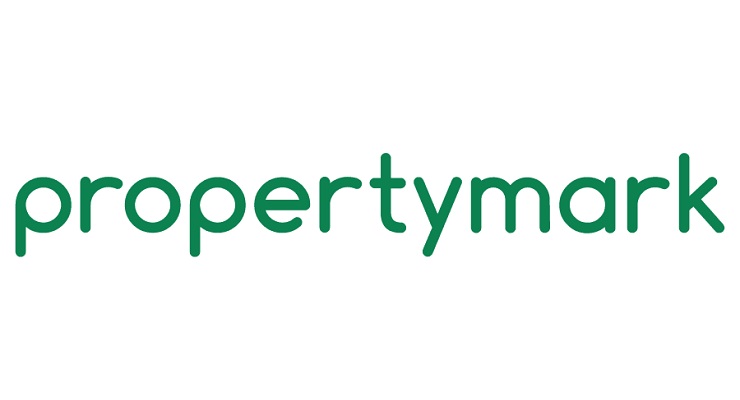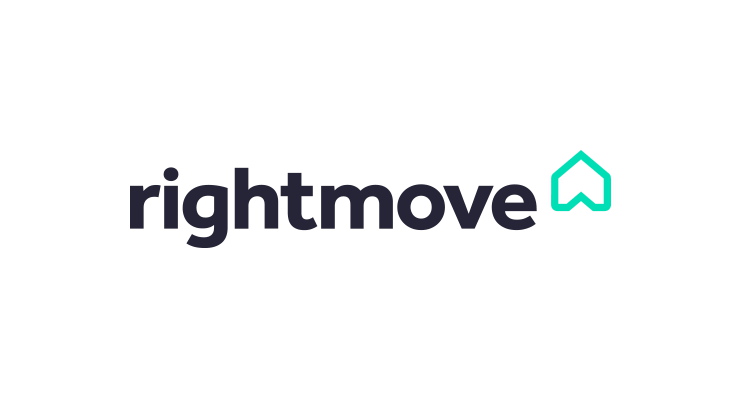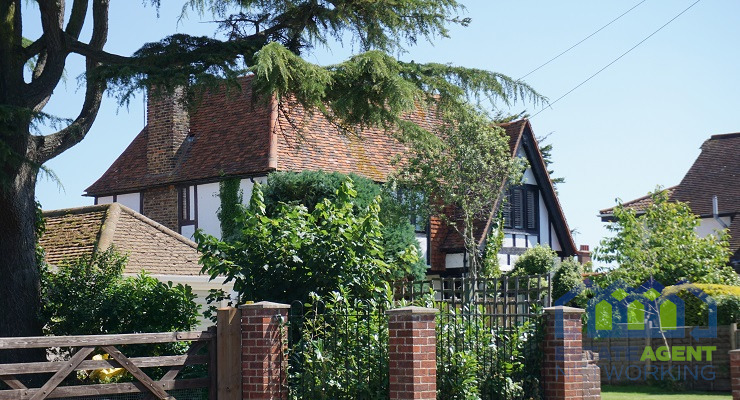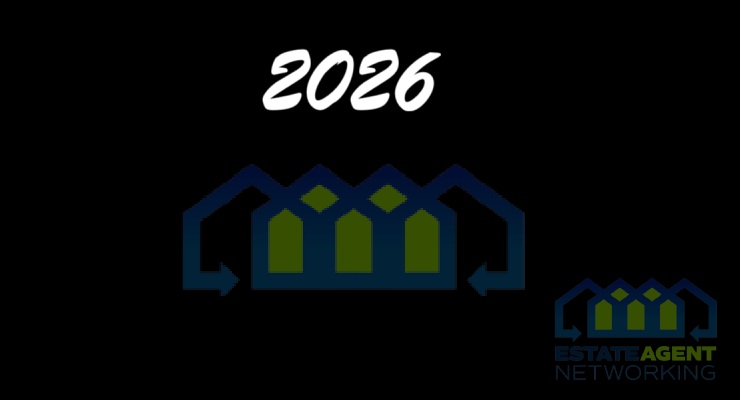Homebuyers saving over £4,000 in SDLT despite increase
Homebuyers saving over £4,000 in stamp duty despite threshold increase, by opting for this particular property type
The latest research from over-50s property specialists, Regency Living, reveals that homebuyers opting for a park home instead of a traditional bricks-and-mortar property are an average of £4,316 better off due to not having to pay Stamp Duty Land Tax (SDLT), a figure that has grown by almost £3,000 over the past year.
The analysis compares the average SDLT bill on an English home purchased in April 2024 to April 2025, factoring in rising house prices and the updated stamp duty rates and thresholds introduced in April 2025. The data is based on purchases of primary residences, calculated using HMRC’s standard residential rates.
See how the cost of stamp duty has changed in your region, here.
In April 2024, the average house price in England was £277,945, and the SDLT rates at that time stated that no SDLT was paid on the first £250,000, followed by a tax of 5% paid between £250,000 and £925,000. As such, the average SDLT paid on England’s average house price was £1,397.
By April 2025 (latest available data), the average house price in England had increased to £286,327. The 1st April 2025 also saw SDLT rates change to state that the nil-rate is now limited to the first £125,000, 2% is applied between £125,000 – £250,000, and 5% is applied between £250,000 – £950,000. As such, the average stamp duty bill on England’s average house price now stands at £4,316.
This marks an average stamp duty increase of £2,919 over the past 12 months.
In London, where the average house price now stands at £566,614, the average stamp duty bill is £18,331, marking an annual increase of £3,407.
Meanwhile, the South East has seen the average stamp duty bill increase by £3,061, followed by the East of England (£2,821), South West (£2,639), and West Midlands (£2,291).
Zero stamp duty paid on park homes
These increases show that the amount of money buyers can save by opting to purchase a park home has increased over the past year. Park homes are not subject to stamp duty because they involve the purchase of a property rather than the land it sits on.
This makes park homes an even more attractive and cost-effective home buying option, especially for silver downsizers and retirees.
Sales & Marketing Director at Regency Living, Tim Simmons commented:
“While the stamp duty savings speak for themselves, they’re really just the beginning of the advantages park home living can offer. For many over-50s, park homes provide a rare opportunity to live in some of the UK’s most desirable—and often unaffordable—locations without the financial strain that comes with traditional property ownership.”
“Beyond the financial benefits, what truly sets park home living apart is the lifestyle. Residents become part of a welcoming, like-minded community of people at a similar stage of life, in peaceful, secure surroundings designed with their needs in mind. It’s about more than downsizing—it’s about upgrading your quality of life, both financially and socially.”









